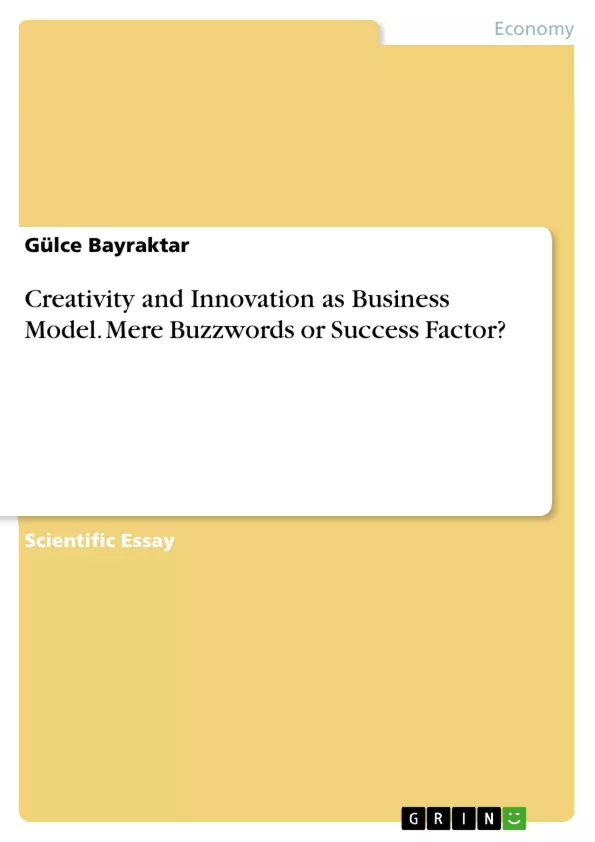This academic paper discusses the factors of creativity and creative industries and their relation to innovation.
What is creativity? How can creativity be theorized? How is creativity and knowledge/intelligence interlinked? This paper emphasizes the importance of understanding how creativity and innovation create value, and the way in which this can be managed (or not!) in organizations.
Table of Contents
- Viewing creativity in different perspectives
- How are innovation and your environment linked?
- Being a leader within a creative process
- Living in a ‘degrowth' economy
Objectives and Key Themes
This text explores the multifaceted nature of creativity, examining how it manifests in various contexts and how it is influenced by the environment. It delves into the role of collaboration, individual attributes, and workspace design in fostering creative processes.
- The multifaceted nature of creativity and its application beyond artistic expression
- The role of collaboration and diverse perspectives in stimulating creative thinking
- The importance of a supportive environment and workplace design in fostering innovation
- The impact of individual attributes, such as motivation and culture, on creative processes
- The relationship between creativity and the concept of "degrowth" economics.
Chapter Summaries
- Viewing creativity in different perspectives: This chapter challenges traditional notions of intelligence and creativity, arguing that creativity extends beyond artistic expression and encompasses problem-solving and everyday activities. It explores the role of analyzing and interpreting details in creative processes and the benefits of diverse perspectives in generating innovative solutions. The chapter also discusses the development of the television show Strömsö, highlighting the non-linear and complex nature of creative processes.
- How are innovation and your environment linked?: This chapter examines the connection between friendships and creativity in the workplace. It emphasizes the importance of collaboration and creating a safe space for idea exchange. The chapter explores different factors influencing individual creativity, including motivation and culture. It also discusses the impact of workplace design on fostering creative environments and the role of shared spaces in promoting interaction and knowledge creation.
Keywords
The text focuses on creativity, innovation, collaboration, environment, workspace design, individual attributes, motivation, degrowth economics, and the role of diverse perspectives in fostering creative thinking.
- Citation du texte
- Gülce Bayraktar (Auteur), 2022, Creativity and Innovation as Business Model. Mere Buzzwords or Success Factor?, Munich, GRIN Verlag, https://www.grin.com/document/1366757



